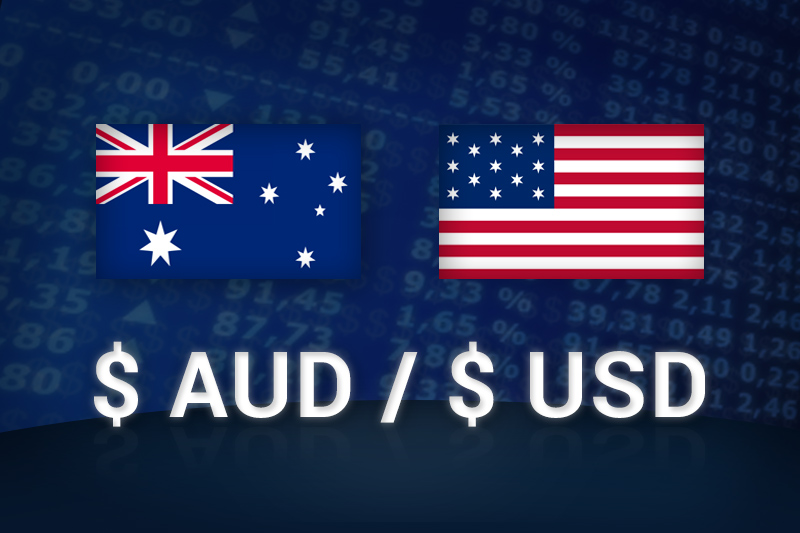Investing.com - The Australian dollar traded modestly higher against U.S. counterpart during Wednesday’s Asian session, reversing earlier declines, after the release of China’s April trade data.
In Asian trading Wednesday, AUD/USD inched up 0.06% to 1.0192 after earlier trading as low as 1.0155. The pair was likely to test support at 1.0115, the low from March 4, and resistance at 1.0323, Friday's high.
China, the world’s second-largest economy behind the U.S., said exports surged 14.7% last month, easily beating the consensus estimate of 10.3%. Chinese imports climbed 16.8%, also easily topping the consensus estimate of 13.9%.
China notched a trade balance of USD18.16 billion, above economists expectations of USD15.1 billion. China is Australia’s largest trading partner.
On Tuesday, the Aussie sank after the Reserve Bank of Australia lowered interest rates by 25 basis points to 2.75% from 3%.
"The Board has previously noted that the inflation outlook would afford scope to ease further, should that be necessary to support demand. At today's meeting the Board decided to use some of that scope," the bank said in a statement.
"It judged that a further decline in the cash rate was appropriate to encourage sustainable growth in the economy, consistent with achieving the inflation target."
Elsewhere, AUD/NZD jumped 0.69% to 1.2127 after Reserve Bank of New Zealand Governor Graeme Wheele confirmed in remarks before parliament that the central bank has been intervening in the foreign currency market over the past month in an effort to depress the kiwi. The central bank had previously indicated a willingness though not a desire to take such action.
AUD/JPY rose 0.10% to 101.94.
In Asian trading Wednesday, AUD/USD inched up 0.06% to 1.0192 after earlier trading as low as 1.0155. The pair was likely to test support at 1.0115, the low from March 4, and resistance at 1.0323, Friday's high.
China, the world’s second-largest economy behind the U.S., said exports surged 14.7% last month, easily beating the consensus estimate of 10.3%. Chinese imports climbed 16.8%, also easily topping the consensus estimate of 13.9%.
China notched a trade balance of USD18.16 billion, above economists expectations of USD15.1 billion. China is Australia’s largest trading partner.
On Tuesday, the Aussie sank after the Reserve Bank of Australia lowered interest rates by 25 basis points to 2.75% from 3%.
"The Board has previously noted that the inflation outlook would afford scope to ease further, should that be necessary to support demand. At today's meeting the Board decided to use some of that scope," the bank said in a statement.
"It judged that a further decline in the cash rate was appropriate to encourage sustainable growth in the economy, consistent with achieving the inflation target."
Elsewhere, AUD/NZD jumped 0.69% to 1.2127 after Reserve Bank of New Zealand Governor Graeme Wheele confirmed in remarks before parliament that the central bank has been intervening in the foreign currency market over the past month in an effort to depress the kiwi. The central bank had previously indicated a willingness though not a desire to take such action.
AUD/JPY rose 0.10% to 101.94.
